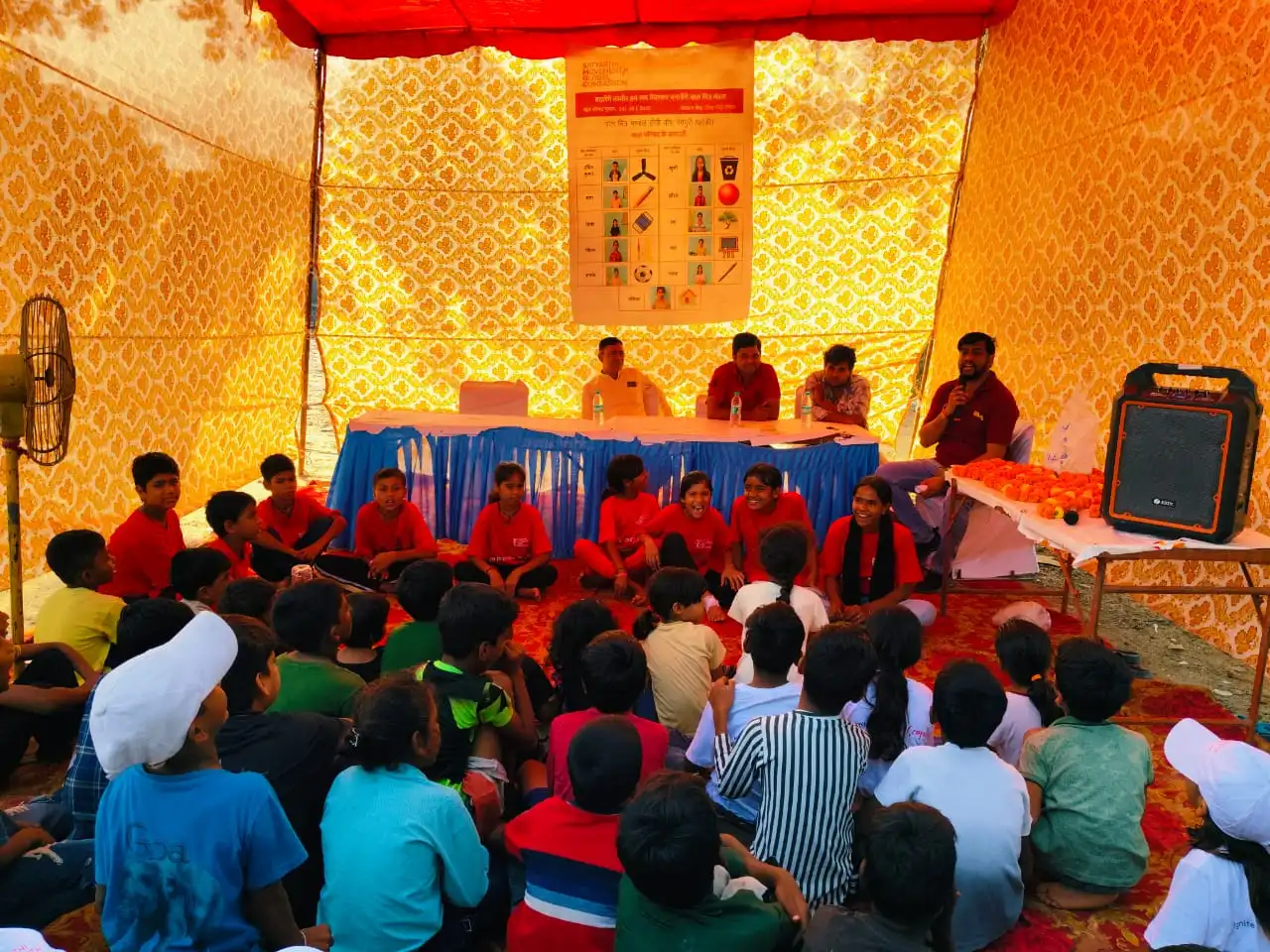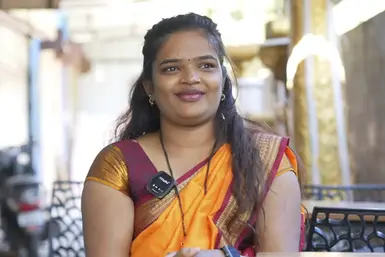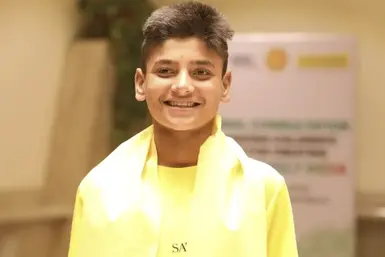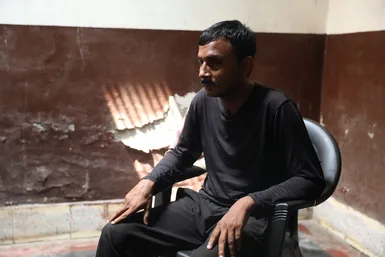How many times have we noticed a broken streetlight, a clogged drain, or a park slowly fading into neglect? We shake our heads, complain in passing, and continue walking. Either we wait for someone else to take responsibility or simply move ahead, scrolling it off as just another post on the feed. But not everywhere.
In India, where our Bal Mitra Gram model is alive in the villages, and Bal Mitra Mandal in urban settlements; children do not look away. They look closely. They question. They organize. And above all, they act!
A Bal Mitra Gram is not just a “child-friendly village.” It is a community that decides together, that there will be no child labour, no child marriage, and that every child will go to school; ensuring each voice finds its strength. Similarly, Bal Mitra Mandal nurtures this awareness in urban neighbourhoods, where challenges may differ, but children’s power remains the same.
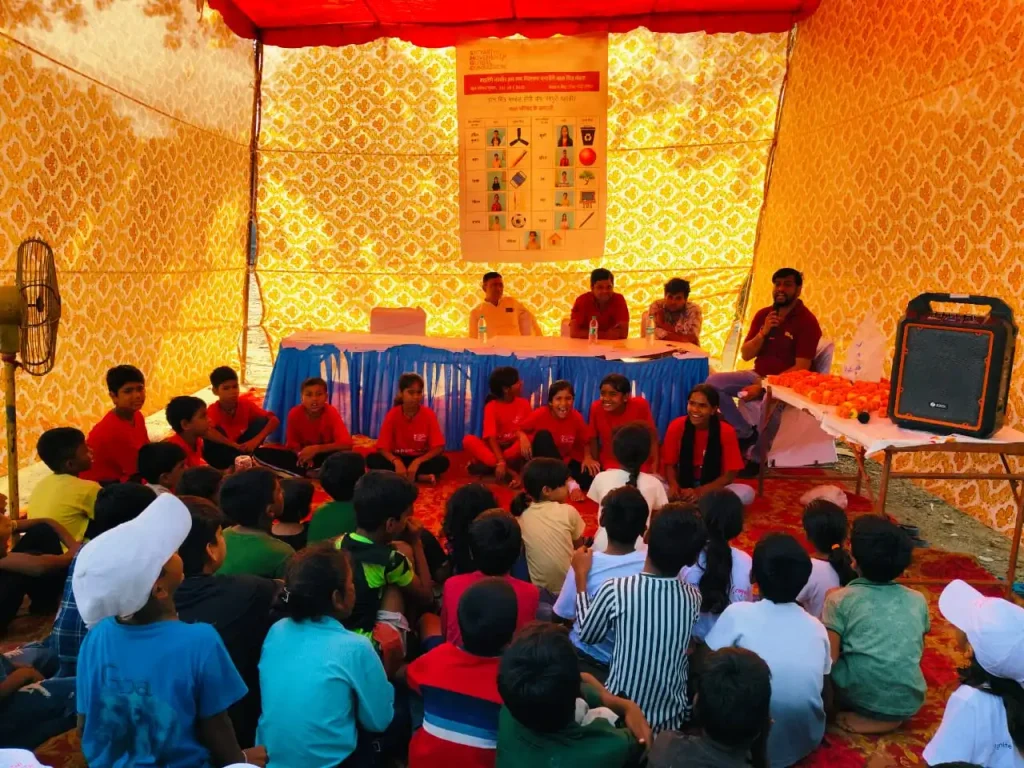
And perhaps the most striking moment in this journey is what is unfolding right now– the Bal Panchayat and Bal Parishad elections.
Imagine walking into one of these communities during election season:
The air is buzzing, not just with loudspeakers or banners, but purpose. Children gather under a neem tree or near the community centre. They form their own Election Commission. They don’t just read about democracy in a textbook, they learn through experience; understanding not only the democratic system but responsibility it brings along. Even election symbols are drawn on slips and selected, where none of these symbols are random.
“I chose the tree,” says a boy, barely eleven, “because I want our city to breathe again.”
A girl raises her voice confidently, “I chose the book because no girl should have to drop out of school.”

Campaigning begins! No money. No grand speeches. But real conversations. Conversations that move from door to door, child to child and heart to heart; bringing forth the realisation of being a ‘changemaker’.
They discuss clean drinking water, access to washrooms, preventing child marriage, making sure every child studies and completes school, and keeping their community safe. Elders watch–sometimes surprised and sometimes emotional, as children claim spaces they were never expected to stand in.
On voting day, the community ground turns into a polling station. A voter list of all children… a handmade ballot box…and ink-stained fingers held up proudly like medals.
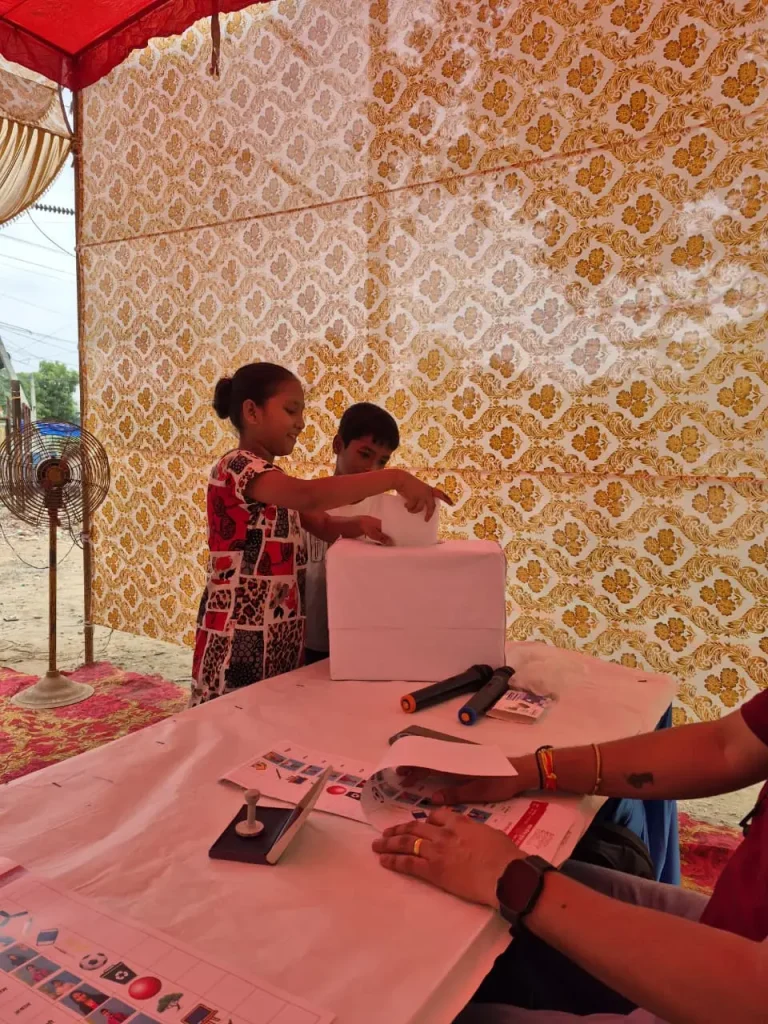
The results are announced with cheers and smiles.
A Bal Sarpanch, a Deputy Sarpanch, Ministers for Education, Health, Environment, Sports, Culture, and Safety, along with Executive Members, each elected just as in any democratic process.
Then comes the oath. Not one that is taught, but one that rises naturally – “We will listen. We will act. We will not be silent when any child or our community suffers.”
This moment is not the beginning of their journey. It is a milestone shaped by months of awareness, dialogue, building committees, and discovering that their voices can move systems long believed to be entrenched.
These Bal Panchayats and Bal Parishads are acknowledged within the local governance structure, such as the Gram Panchayat in villages and Ward/Parishad committees in urban areas; so that children’s voices are part of real governance. As they grow through these experiences, they also take part in the Bal Mahapanchayat, where they learn to see issues at a national level, with a wider vision and deeper clarity.
And here is the quiet miracle: When a child learns now how to solve, question, rebuild, negotiate, and lead; they grow up never forgetting the “how”. Perhaps this is how a society changes. Not all at once, but in small courtyards where children stand up and say, “this time, we will not walk past. We will walk together and towards a solution.”


